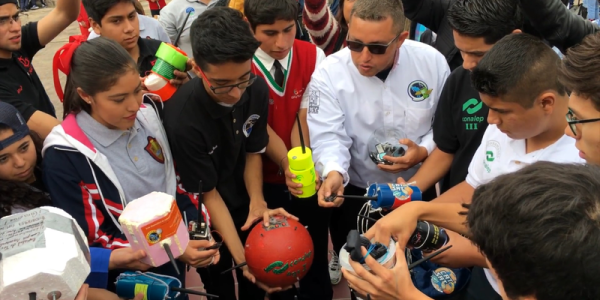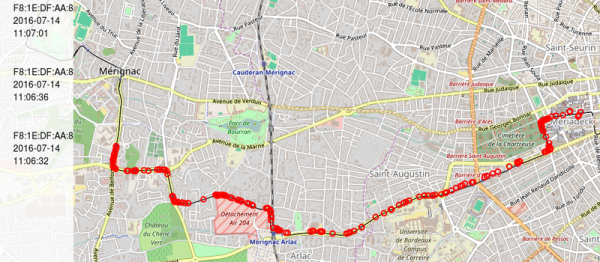No matter whether you call them “picosatellites” or “high altitude balloons” or “spaceblimps”, launching your own electronics package into the air, collecting some high-altitude photos and data, and then picking the thing back up is a lot of fun. It’s also educational and inspirational. We’re guessing that 264 students from 30 high schools in Aguascalientes Mexico have new background screens on their laptops today thanks to the CatSat program (translated here by robots, and there’s also a video to check out below).
Continue reading “Mexican Highschoolers Launch 30 High Altitude Balloons”

















